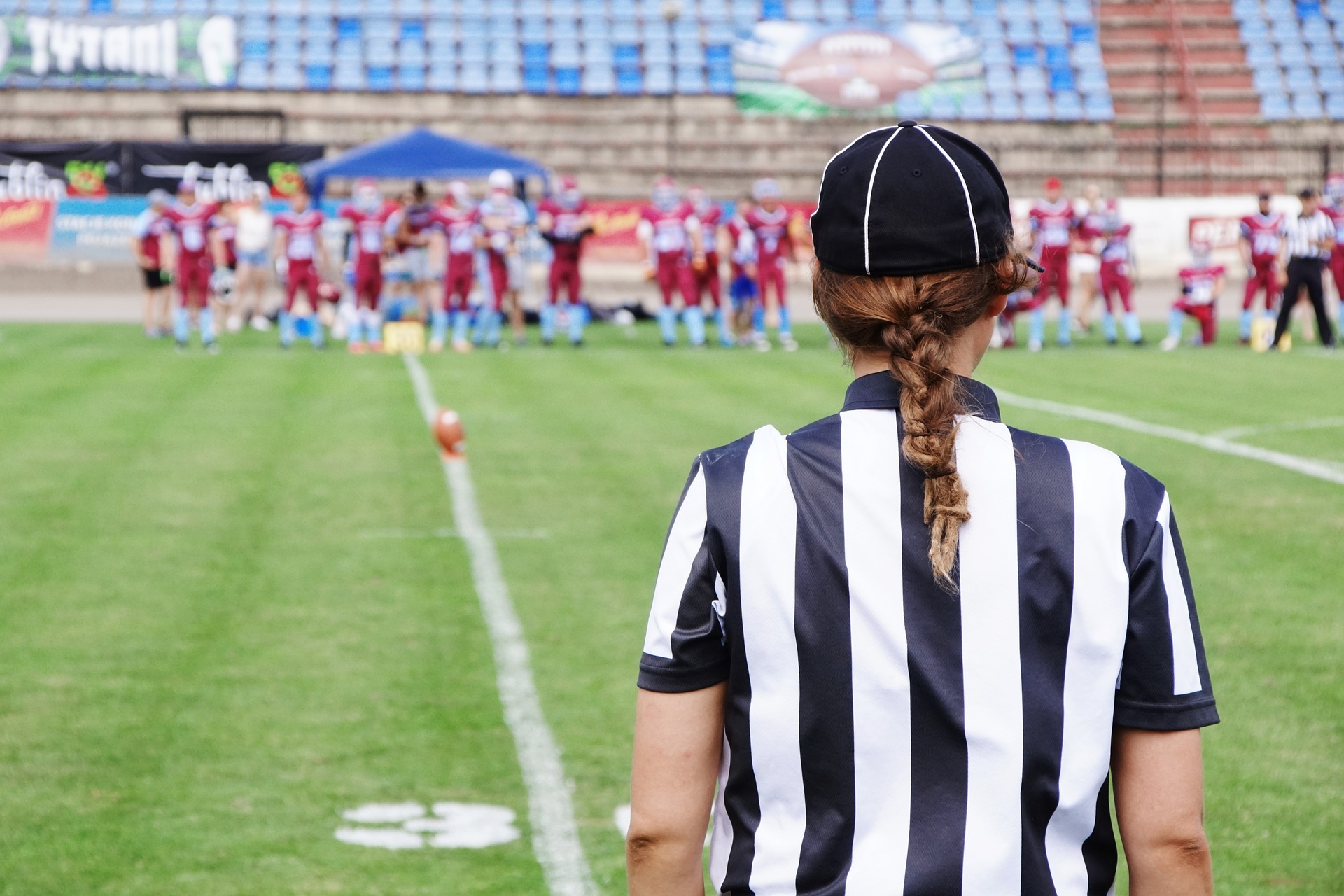Warning: this article speaks about eating disorders, which may be triggering for some readers. Do not read this if rhetoric surrounding body image and eating disorders may harm you.
In high school, many of us join sports in search of belonging, friendship or a sense of purpose. Often, this is what we get. Practices wiggle into our schedules, instantly stretching out and seizing more time than we anticipated, but we don’t mind. We learn the dialect of our sport, the best and worst parts of it, and the routines. We meet people who understand it all. We set goals, we improve and we reap the rewards. For many, a sport remains a healthy after-school activity — a vehicle to temporarily drive us away from responsibilities and taxing truths. For others, it takes a turn for the worse. Goals for improvement become obsessions with an abstract and fictitious idea of perfection. Sometimes, this might take the form of an eating disorder.
Too many athletes become controlled by a burning need to shape their bodies into one they perceive to be perfect for the sport. Of course, no certain body type is “the best.” No two bodies are the same. There are advantages to being certain heights and shapes, but anyone can succeed with hard work. Various sports circles, however, will have athletes believe otherwise.
We are swayed most by those we revere. If our idols support a habit or product, we indulge in that habit or product. Their critiques of us are deep, throbbing slashes to self-esteem. Their approval, a scarce good to be won. Sports coaches can be, and many times are, these dominant figures in our lives. In our youth during our search for purpose, we trust them to assign it to us, and in exchange, we feel obligated to be the best possible version of ourselves for them.
Few coaches explicitly encourage disordered eating. But many, without realizing, scatter the peanuts and avoid the ensuing elephant that’s lured into the room. Commentary on weight can cause lasting afterthoughts among athletes, some of whom will do anything to get better. Failing to recognize and check in on someone who seems to be lost in the haze of an eating disorder is too common, and allows spirals to intensify. Even compliments on someone’s changing appearance can be harmful, as the changes might be the result of unhealthy relationships with eating and exercising.
There are certainly non-sport-related factors that contribute to the onset of eating disorders in athletes, such as pressure from peers and family. And in various sports, like tennis, weight and size are of little importance. But under the wrong supervision, any sport’s practices can become breeding grounds for the disorders.
For wrestlers, weigh-ins are simply in the nature of their sport. Athletes are categorized by weight so that people are paired up with people of similar sizes. Frequently, wrestlers must step onto a scale as someone observes intently with a clipboard and pen. Because it is generally advantageous to be in a lower weight class (as it is arguably easier to wrestle someone who is smaller), many spend days fasting and taking other extreme measures to dehydrate themselves in order to drop a few pounds at their next weigh-ins.
In rowing, watts-per-pound is a common measure of one’s abilities. It reports how much power one can pull relative to how much they weigh. For those who become focused on raising their watts-per-pound ratio, but feel they can’t pull any more watts, their next option is to decrease the denominator — lose some weight. At some point, this means taking to extreme measures.
These are just a few examples where weight is a very common assessment and can be a practical tool of categorization. It’d be unreasonable to expect that “lightweight” and “open weight” groupings in rowing, for example, be abandoned completely. This distinction allows lighter rowers, who, generally speaking, cannot produce as much power as rowers with bigger builds, to race those of similar sizes. That said, the system is a setup for encouraging eating disorders.
Coaches must recognize the unhealthy pressure such classification might put on athletes to fall into a smaller weight group. As the mentors and leaders of athletes, they have the responsibility to steer them away from the triggers of the disorders. They must be careful with their words when speaking about weight and food. They must reiterate the purposes of exercise — to improve mental and physical health, to dabble in healthy competition, to extend life — and ensure it does not become a form of punishment. They should constantly remind athletes to nourish their bodies, potentially teaching them specific healthy routines to incorporate into their day-to-day lives. They should learn about the warning signs of eating disorders and ask athletes to look out for each other with these in mind.
This applies to coaches of sports that don’t require any form of weight-based measurements as well. Running coaches, for example, should acknowledge that many take to running for the sole purpose of burning off unwanted calories. They are as responsible as any to talk about eating disorders and to keep their athletes safe from the dangerous effects.
It’s great to have a coach who knows how to bring your team to a championship victory. It’s greater if the coach prioritizes the health — physical and mental — of the athletes they train. When sports communities disseminate the image of the “ideal” athlete through commentary on weight or body proportions, ambitious and misguided members of the community might do all it takes to transform their body “appropriately.” Coaches should start talking about this ruinous misconception. They have young lives in their hands — growing and learning athletes, many of whom cling to their every word. This is a unique opportunity to prevent raging destruction and coaches must take it.
















